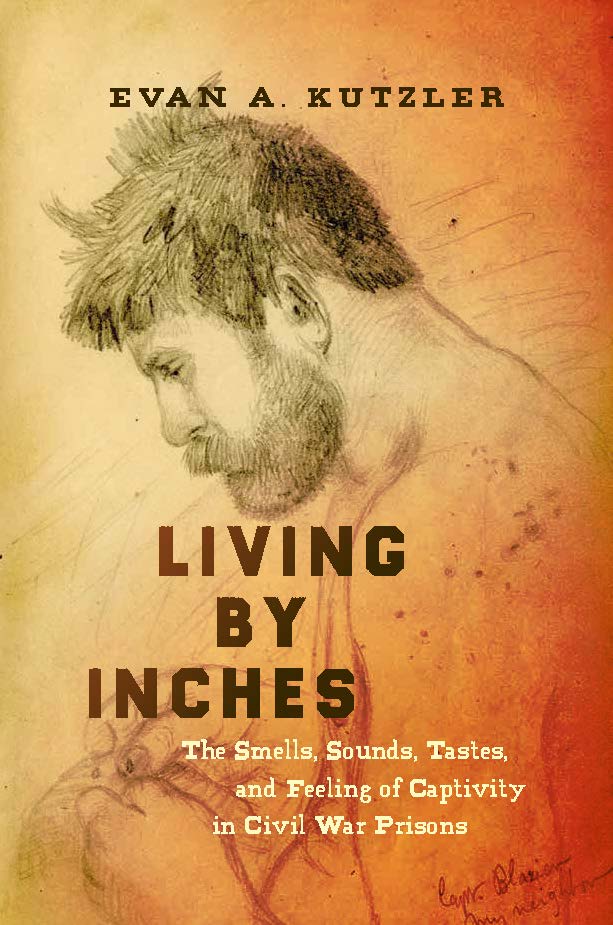Public History
Ossabaw Island: A Sense of Place
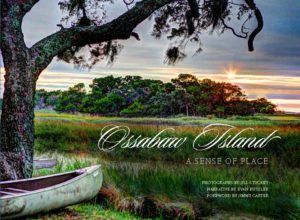
Photographs by Jill Stuckey
Written by Evan Kutzler
Foreword by Jimmy Carter
Macon, GA: Mercer University Press, 2016
Ossabaw Island has meant many things to many people. For its earliest residents, Ossabaw was a bountiful place to live and gather yaupon holly. For relative latecomers it has been a source of live oak lumber, a series of brutal slave plantations, a winter retreat for northern industrialists, a cattle ranch, an artists’ retreat, and Georgia’s first Heritage Preserve. Despite the long history of a give-and-take relationship between humans and nature, Ossabaw now exudes a strong sense of untamed wildness that is part of its appeal to artists, scientists, and nature lovers alike.
This book takes an interdisciplinary approach, combining photography and public history to delve into the island’s layered human and natural past and present. First and foremost, it is a photography book that exhibits a selection of Jill Stuckey’s work on the island, including the diverse ecological landscapes and the built human environment.
Complementing Jill’s photographs are vignettes that share insights about the life and work of Roger Parker—Ossabaw’s “Saltwater Cowboy”—who worked on the island for more than half a century, and those close to him. Likewise, short chapters accompany the photographs and discuss elements of Ossabaw’s environmental history as well as its historic and modern multisensory landscape. In this way, Jill’s photographs are the eyes of the book; the text, when appropriate, brings to life the sounds, smells, tastes, and touches that all contribute individually and collectively to the island’s power of place. It is this interdisciplinary approach that makes this book experimental and unique.
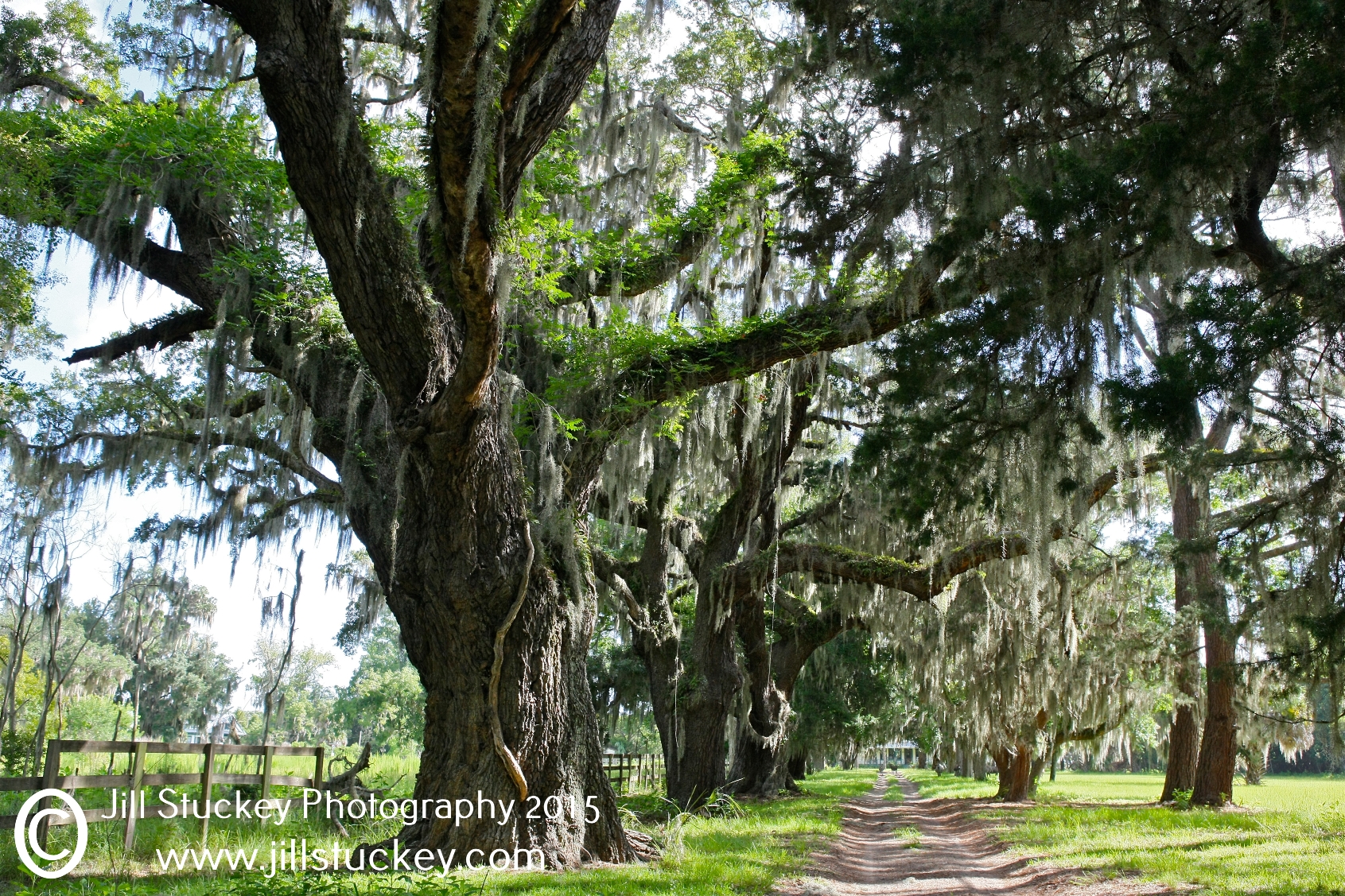
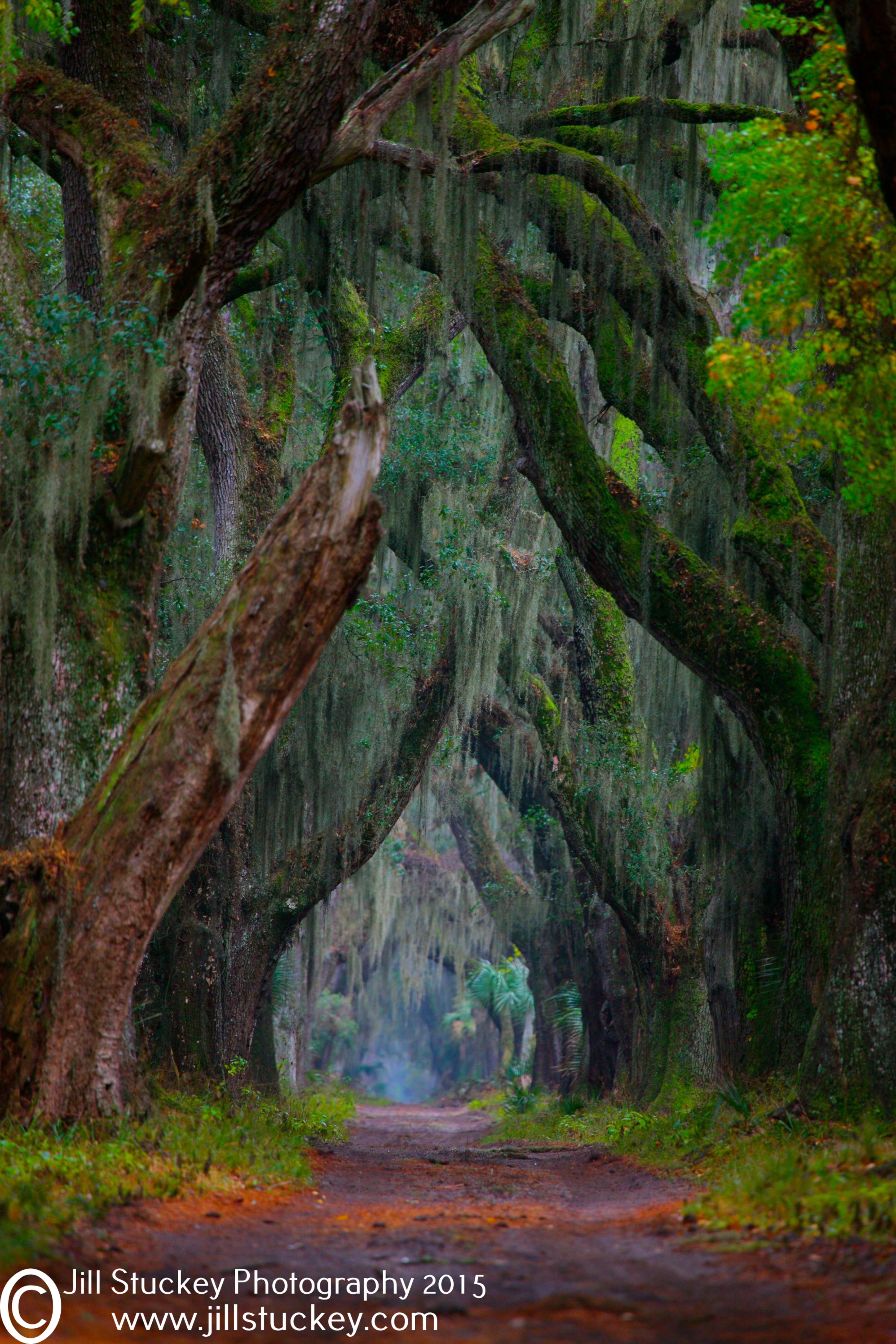
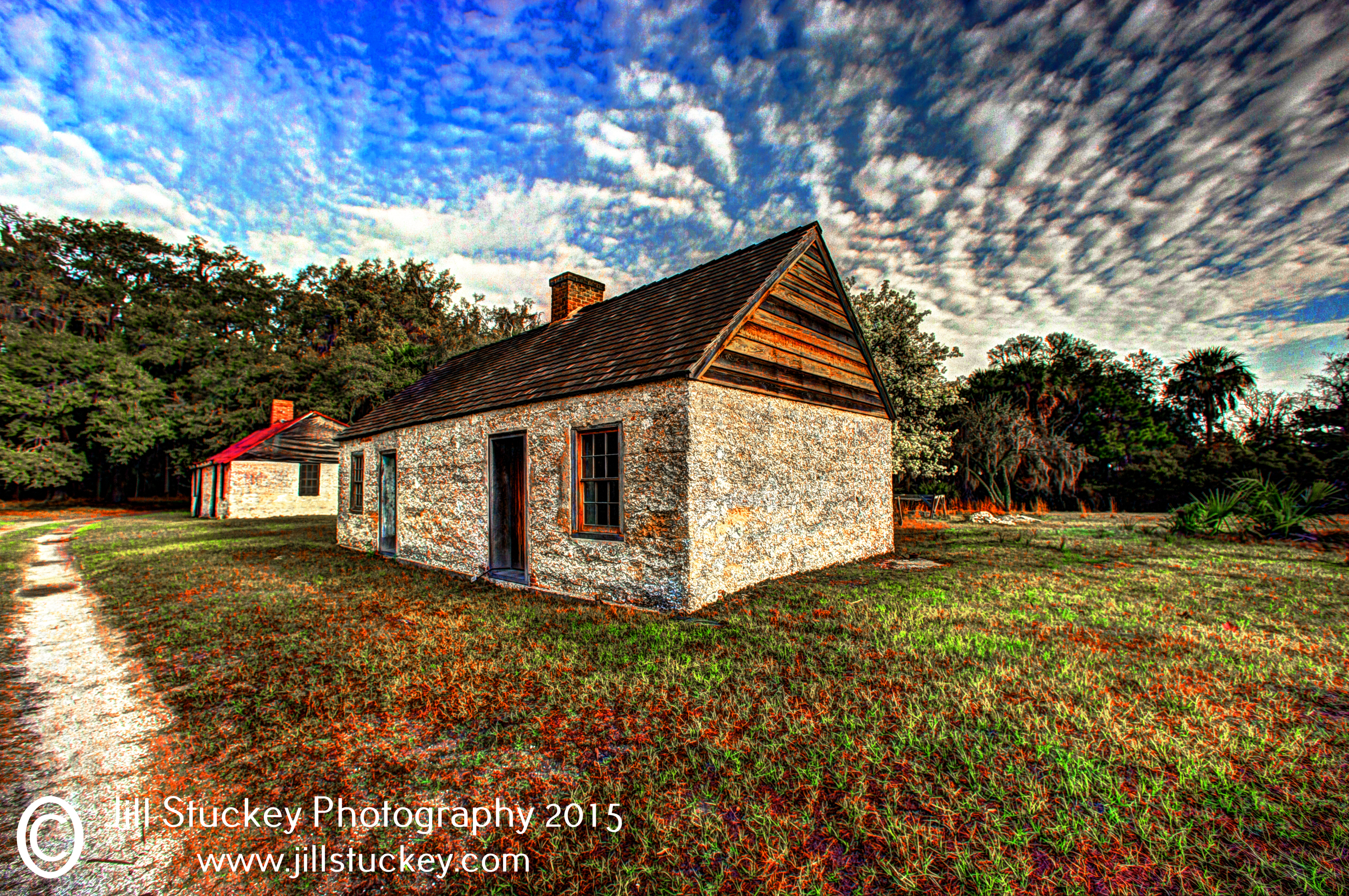

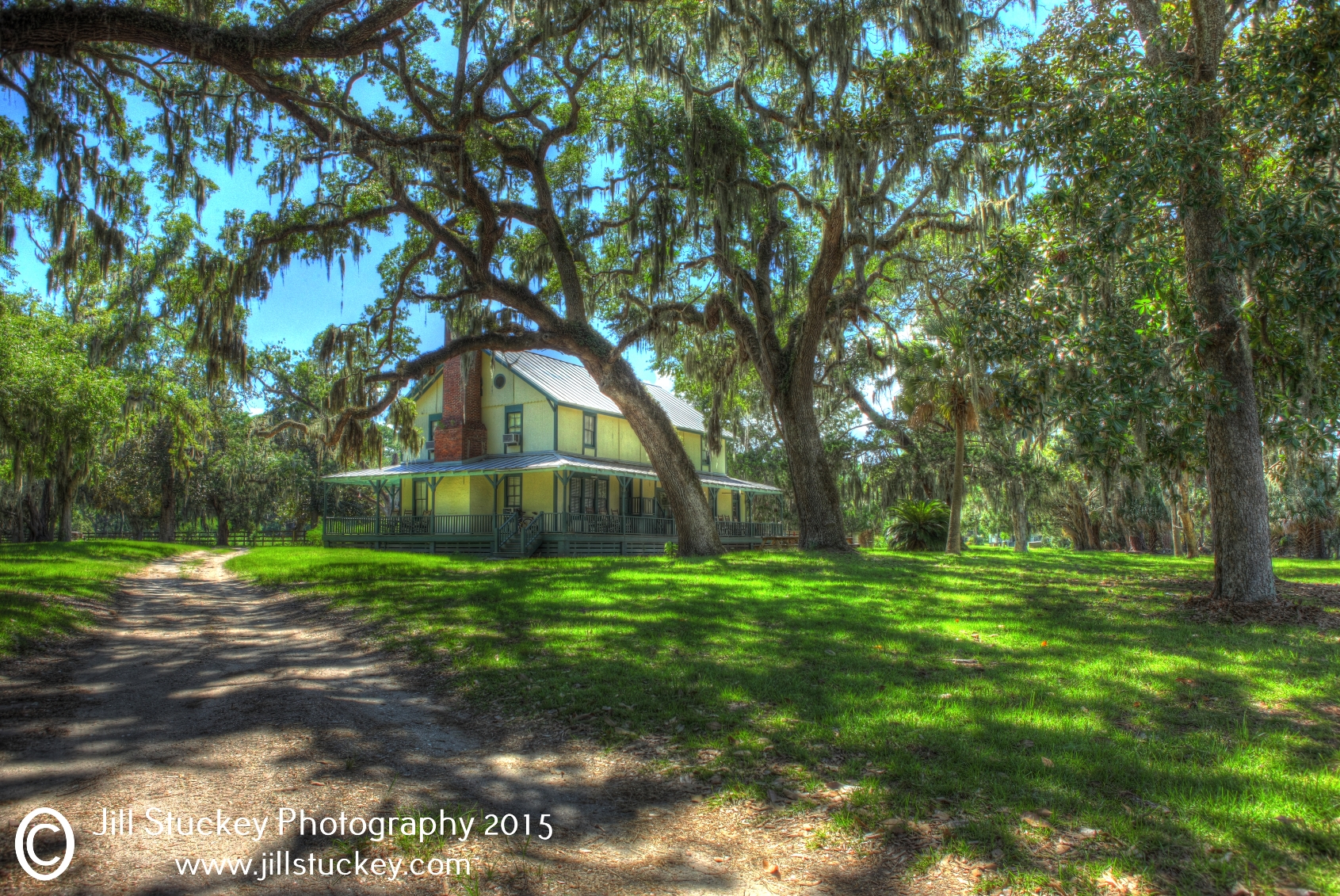

FROM BISCUITS TO LANE CAKE: EMMA RYLANDER LANE’S “SOME GOOD THINGS TO EAT”
When the Lane cake, named after Emma Rylander Lane (1856-1904), appeared in Harper Lee’s To Kill a Mockingbird (1960), the boozy Southern dessert was at peak popularity. Yet the culinary artist behind the cake had fallen into obscurity. From Biscuits to Lane Cake recovers Lane’s biography, as well as the recipes she published in Some Good Things to Eat (1898) and the Columbus Enquirer-Sun.
Born in Americus, Georgia, and left fatherless in the American Civil War, Lane spent most of her life living, studying, and managing a household in Southwest Georgia. While in Clayton, Alabama, and Columbus, Georgia, she drew on the diverse culinary heritage of the South as she won cooking demonstration competitions, published a cookbook, and taught cooking classes. The family’s move from the U.S. South to Mexico, alongside a tragedy there, cut short her fame.
By recovering the life story of Emma Rylander Lane, From Biscuits to Lane Cake reveals the Georgia backstory of Alabama’s official state dessert. Lane’s recipes–from biscuits, wafers, and loaf cakes to salads, cordials, and holiday favorites–show that her expertise went far beyond the bourbon-infused dessert that bears her married name.
Civil War History
Prison Pens: Gender, Memory, and Imprisonment in the Writings of Mollie Scollay and Wash Nelson, 1863-66
Co-edited with Timothy J. Williams
Prison Pens presents the memoir of a captured Confederate soldier in northern Virginia and the letters he exchanged with his fiancée during the Civil War. Wash Nelson and Mollie Scollay’s letters, as well as Nelson’s own manuscript memoir, provide rare insight into a world of intimacy, despair, loss, and reunion in the Civil War South. The tender voices in the letters combined with Nelson’s account of his time as a prisoner of war provide a story that is personal and political, revealing the daily life of those living in the Confederacy and the harsh realities of being an imprisoned soldier. Ultimately, through the juxtaposition of the letters and memoir, Prison Pens provides an opportunity for students and scholars to consider the role of memory and incarceration in retelling the Confederate past and generating Lost Cause mythology.
This book is accompanied by a digital component: a website that allows students and scholars to interact with the volume’s content and sources via an interactive map, digitized letters, and special lesson plans.
Athens: Universtiy of Georgia Press, 2018
Buy it from UGA Press
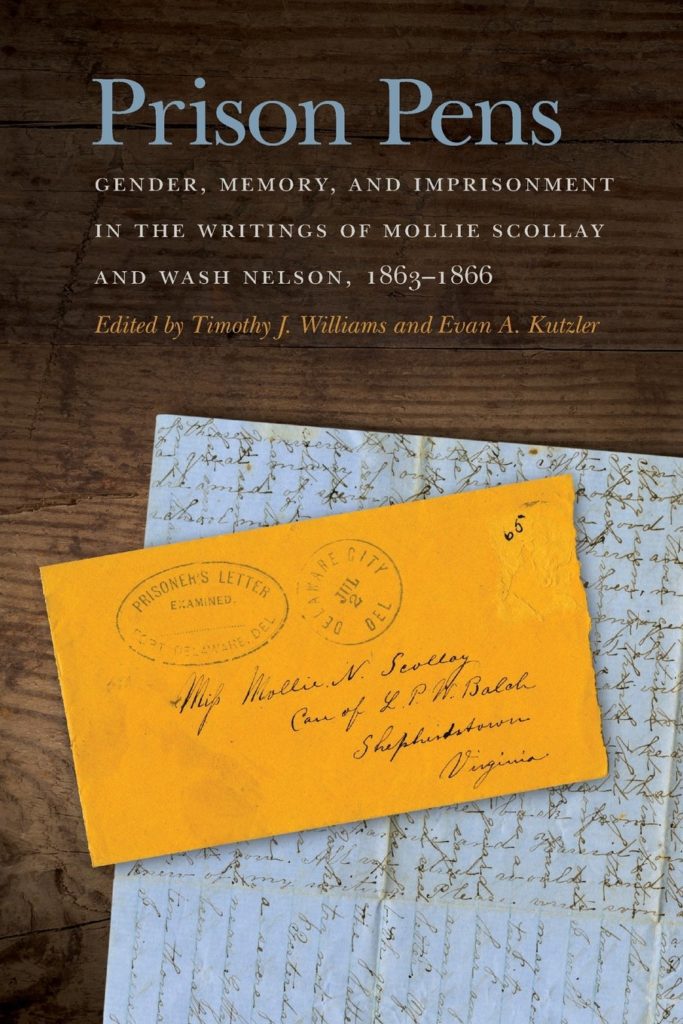

Sensory History
Living by Inches: The Smells, Sounds, Tastes, and Feeling of Captivity in Civil War Prisons
From battlefields, boxcars, and forgotten warehouses to notorious prison camps like Andersonville and Elmira, prisoners seemed to be everywhere during the American Civil War. Yet there is much we do not know about the soldiers and civilians whose very lives were in the hands of their enemies. Living by Inches is the first book to examine how imprisoned men in the Civil War perceived captivity through the basic building blocks of human experience–their five senses. From the first whiffs of a prison warehouse to the taste of cornbread and the feeling of lice, captivity assaulted prisoners’ perceptions of their environments and themselves. Evan A. Kutzler demonstrates that the sensory experience of imprisonment produced an inner struggle for men who sought to preserve their bodies, their minds, and their sense of self as distinct from the fundamentally uncivilized and filthy environments surrounding them. From the mundane to the horrific, these men survived the daily experiences of captivity by adjusting to their circumstances, even if these transformations worried prisoners about what type of men they were becoming.
Chapel Hill: University of North Carolina Press, 2019.
Buy it from the University of North Carolina Press.
